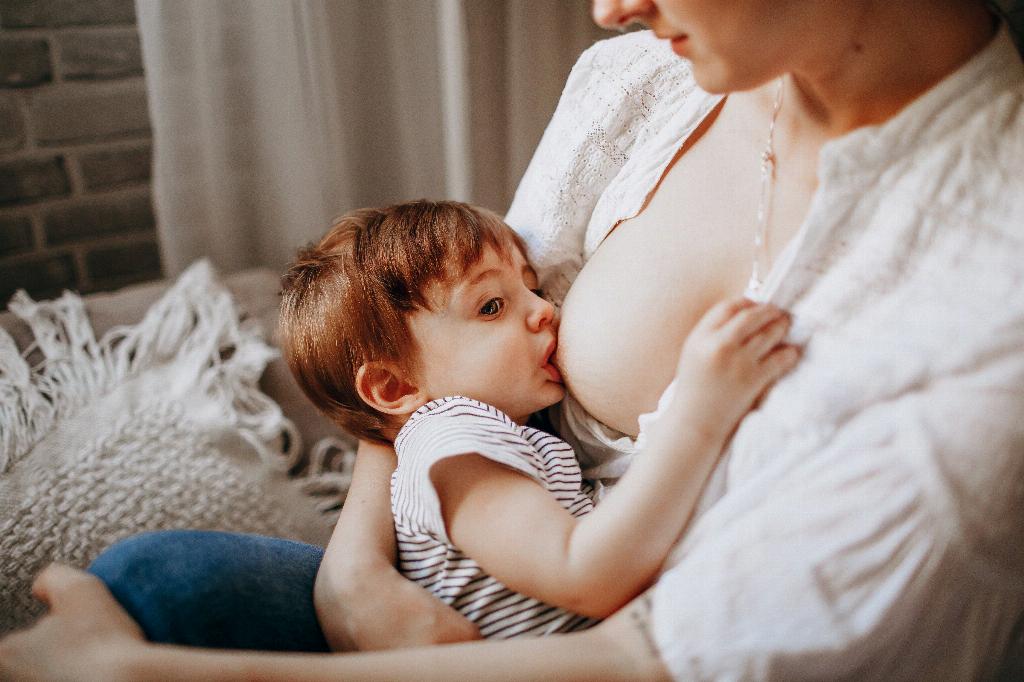If you’ve been experiencing nipple pain, there are several steps you can take to find relief and make the discomfort go away. Nipple pain is a common issue that can be caused by a variety of factors, such as friction from clothing, breastfeeding, or hormonal changes. Understanding the root cause of your nipple pain is essential in determining the most effective remedy.
1. Evaluate Your Bra
One of the first things to consider when experiencing nipple pain is the fit of your bra. Wearing a bra that is too tight or made from abrasive fabrics can lead to chafing and discomfort. Opt for soft, breathable fabrics and ensure that your bra provides adequate support without being too constricting.
2. Change Your Clothing
If your nipples are hurting due to friction from clothing, consider changing your wardrobe choices. Avoid rough materials that can irritate the skin and opt for loose-fitting tops to reduce friction. Sometimes a simple change in clothing can make a significant difference in alleviating nipple pain.
3. Use Nipple Protection
Applying a bandage or a nipple-specific cream, such as lanolin or petroleum-based ointment, can provide a protective barrier for your nipples. This can help minimize rubbing and chafing, especially if you engage in activities that may cause friction against your nipples.
4. Seek Lactation Support
If you are experiencing nipple pain while breastfeeding or pumping, seeking assistance from a lactation consultant can be beneficial. They can offer guidance on proper latching techniques, addressing any breastfeeding issues that may be contributing to the pain.
5. Adjust Your Breast Pump
If you use a breast pump, ensure that it is properly fitted and adjusted to prevent nipple pain. Using the incorrect pump size or settings can lead to discomfort and soreness. Consult with a healthcare professional or lactation consultant for guidance on optimizing your pumping experience.
6. Practice Skin-to-Skin Contact
Engaging in skin-to-skin contact with your baby can help promote healing and alleviate nipple pain. This natural bonding method not only provides comfort but also stimulates milk production and encourages proper breastfeeding techniques.
7. Stay Hydrated
Proper hydration is essential for maintaining healthy skin, including the skin on your nipples. Drinking an adequate amount of water can help prevent dryness and cracking, reducing the risk of nipple pain associated with skin irritation.
8. Use Warm Compresses
If your nipples are sore or inflamed, applying a warm compress can help soothe discomfort and promote healing. The gentle warmth can increase blood flow to the area, aiding in the recovery process and easing pain.
9. Consider Nipple Shields
In some cases, using nipple shields can provide relief for sore nipples, especially during breastfeeding. Nipple shields act as a barrier between your nipple and your baby’s mouth, reducing direct contact and easing discomfort. Consult with a healthcare provider before using nipple shields to ensure they are appropriate for your situation.
10. Monitor Your Nipple Health
It’s essential to pay attention to any changes in your nipple health and seek medical advice if you experience persistent or severe pain. Nipple pain can sometimes be a sign of an underlying issue that requires professional evaluation and treatment.
11. Practice Gentle Care
When experiencing nipple pain, treat your nipples with care and avoid harsh soaps or excessive rubbing. Opt for gentle cleansing methods and pat your nipples dry instead of rubbing them with a towel to prevent further irritation.
12. Take Breaks
If your nipples are sore from breastfeeding or pumping, consider taking breaks to allow your skin to rest and heal. Limiting the duration and frequency of nursing sessions or pumping can help prevent overuse injuries and reduce nipple pain over time.

